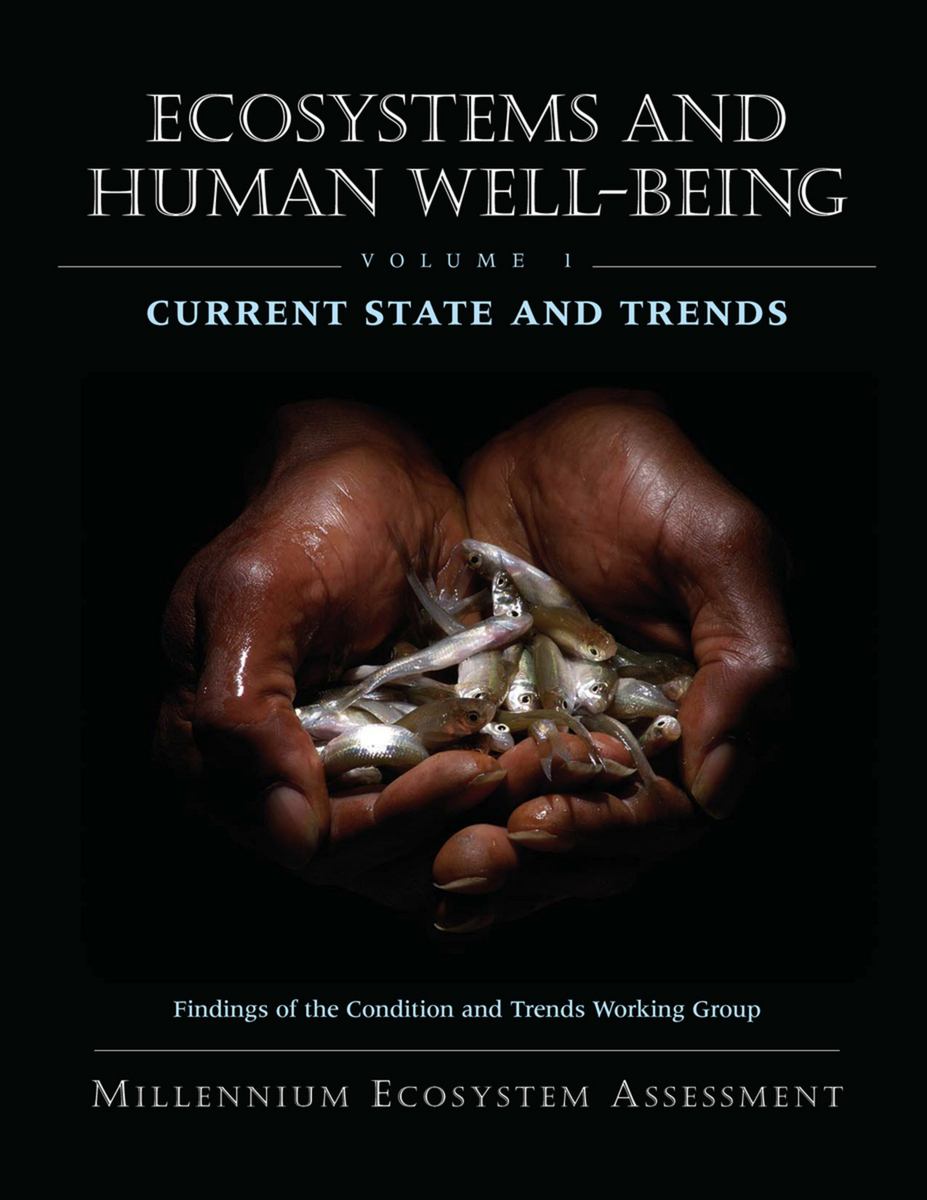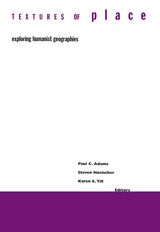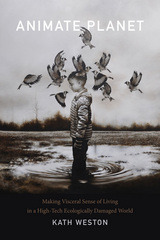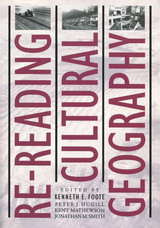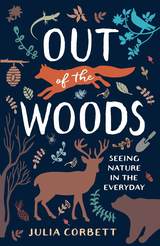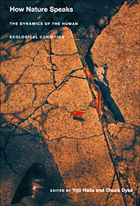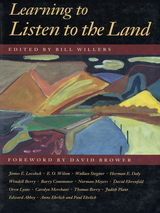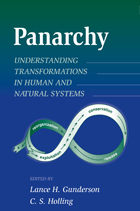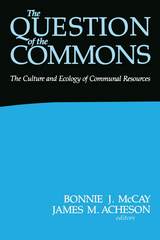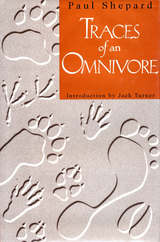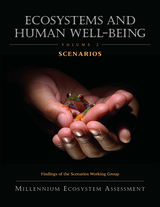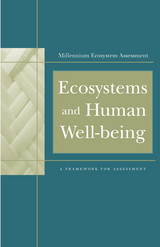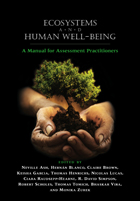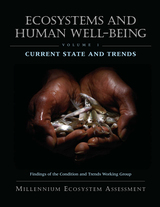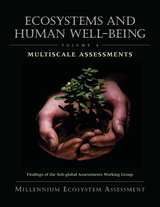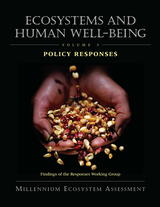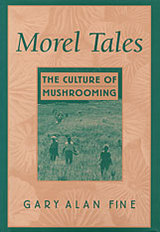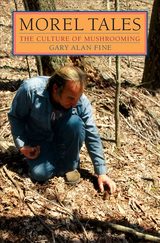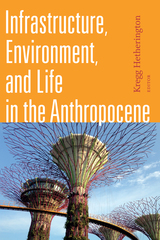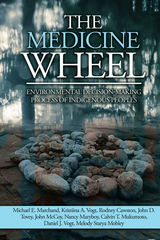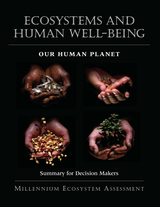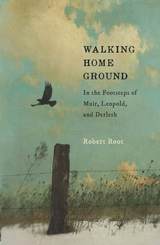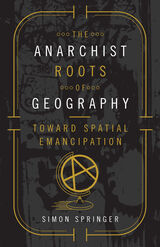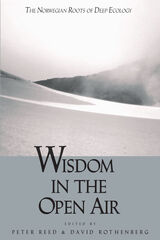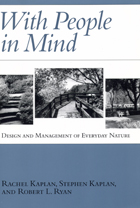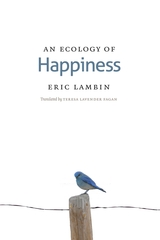Ecosystems and Human Well-Being: Current State and Trends: Findings of the Condition and Trends Working Group
Island Press, 2005
Cloth: 978-1-55963-227-0 | Paper: 978-1-55963-228-7
Library of Congress Classification GF50.E264 2005
Dewey Decimal Classification 333.95
Cloth: 978-1-55963-227-0 | Paper: 978-1-55963-228-7
Library of Congress Classification GF50.E264 2005
Dewey Decimal Classification 333.95
ABOUT THIS BOOK | AUTHOR BIOGRAPHY | TOC | REQUEST ACCESSIBLE FILE
ABOUT THIS BOOK
Humans have changed ecosystems more rapidly and extensively in the last 50 years than in any comparable period of human history. We have done this to meet the growing demands for food, fresh water, timber, fiber, and fuel. While changes to ecosystems have enhanced the well-being of billions of people, they have also caused a substantial and largely irreversible loss in diversity of life on Earth, and have strained the capacity of ecosystems to continue providing critical services.
Among the findings:
Approximately 60% of the services that support life on Earth are being degraded or used unsustainably. The harmful consequences of this degradation could grow significantly worse in the next 50 years.
Only four ecosystem services have been enhanced in the last 50 years: crops, livestock, aquaculture, and the sequestration of carbon.
The capacity of ecosystems to neutralize pollutants, protect us from natural disasters, and control the outbreaks of pests and diseases is declining significantly.
Terrestrial and freshwater systems are reaching the limits of their ability to absorb nitrogen.
Harvesting of fish and other resources from coastal and marine systems is compromising their ability to deliver food in the future.
Richly illustrated with maps and graphs, Current State and Trends presents an assessment of Earth's ability to provide twenty-four distinct services essential to human well-being. These include food, fiber, and other materials; the regulation of the climate and fresh water systems; underlying support systems such as nutrient cycling; and the fulfillment of cultural, spiritual, and aesthetic values. The volume pays particular attention to the current health of key ecosystems, including inland waters, forests, oceans, croplands, and dryland systems, among others. It will be an indispensable reference for scientists, environmentalists, agency professionals, and students.
Among the findings:
Approximately 60% of the services that support life on Earth are being degraded or used unsustainably. The harmful consequences of this degradation could grow significantly worse in the next 50 years.
Only four ecosystem services have been enhanced in the last 50 years: crops, livestock, aquaculture, and the sequestration of carbon.
The capacity of ecosystems to neutralize pollutants, protect us from natural disasters, and control the outbreaks of pests and diseases is declining significantly.
Terrestrial and freshwater systems are reaching the limits of their ability to absorb nitrogen.
Harvesting of fish and other resources from coastal and marine systems is compromising their ability to deliver food in the future.
Richly illustrated with maps and graphs, Current State and Trends presents an assessment of Earth's ability to provide twenty-four distinct services essential to human well-being. These include food, fiber, and other materials; the regulation of the climate and fresh water systems; underlying support systems such as nutrient cycling; and the fulfillment of cultural, spiritual, and aesthetic values. The volume pays particular attention to the current health of key ecosystems, including inland waters, forests, oceans, croplands, and dryland systems, among others. It will be an indispensable reference for scientists, environmentalists, agency professionals, and students.
See other books on: Biodiversity | Biotic communities | Ecosystem management | Environmental management | Environmental policy
See other titles from Island Press
